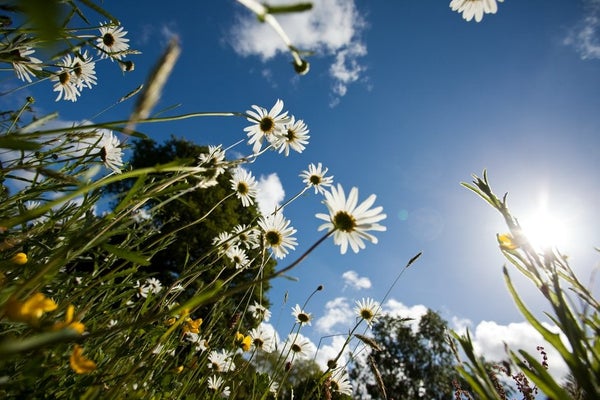
Quick facts
Plants absorb oxygen for respiration and carbon dioxide for photosynthesis through tiny breathing pores in their leaves
These gases move into and out of a plant by a process called diffusion, from an area of high concentration to an area of low concentration
Roots also need oxygen, which they absorb from air spaces in the soil, so a well-aerated soil is vital for good growth
Why plants need to breathe
Just as we need to breathe to stay alive, plants must also exchange gases with the atmosphere to function. They need two key gases:
- oxygen is used in , where food molecules are broken down to release energy for growth. This process releases carbon dioxide as a waste product
- carbon dioxide is used in , where the sun’s energy is harnessed to make food. This process releases oxygen as a waste product
While plants do recycle these gases within their tissues, they are slowly used up over time. So, it’s important to provide good when growing plants in a closed environment, whether that’s in a or crops in a greenhouse. Even closed of small, slow-growing plants need ventilating occasionally.

The carbon dioxide a plant absorbs is converted, by photosynthesis, into sugars, some of which are stored within its tissues. Through this process plants act as carbon sinks, removing carbon dioxide from the atmosphere and locking it away. Trees, being long-lived and woody, are particularly good at storing carbon, so much so that planting a garden tree is one of the most effective ways you can help fight climate change.

The oxygen given off by plants is also beneficial for the environment. Submerged aquatic plants, for example, act as oxygenators in ponds and lakes, enriching the water with oxygen and helping to support greater biodiversity.
How gases move
Plants don’t have lungs to draw in and push out gases. Instead, the internal structure of their tissues, with loosely packed cells and large air spaces, allows the easy exchange and movement of gases.
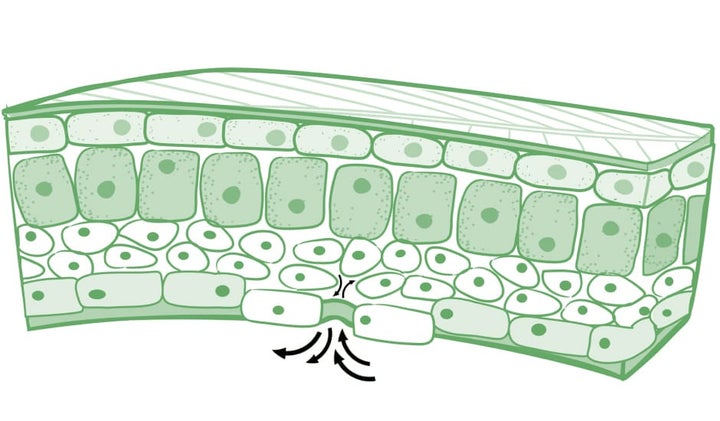
Gases always move from an area of high concentration to an area of low concentration, in a process called diffusion. As carbon dioxide is used by cells for , its concentration falls and more diffuses in from the air spaces to replace it. This, in turn, reduces carbon dioxide concentration in the air spaces, drawing more into the leaf from the atmosphere.
The same principle applies to oxygen diffusing in for and to waste gases diffusing out.
Did you know?
Gardeners can boost the harvest of heavy-cropping vegetables like tomatoes and peppers by growing them in straw bales. The rapidly decomposing material inside the bale releases lots of carbon dioxide, increasing the concentration in the air around the leaves, and so the rate it diffuses in. This leads to optimal photosynthesis and improved growth and cropping.

How leaves breathe
Gases enter leaves through thousands of tiny pores called (sing. stoma). In most plants these are found on the underside of leaves, where they’re hidden from strong sunlight and protected from dust.

As well as allowing gases in and out, stomata also control water loss. When roots detect the soil is dry, they send a chemical signal to the leaves that causes specialised cells, called guard cells, to close the pores, stopping water vapour from escaping (transpiration).

When stomata close, gas exchange is also reduced. Prolonged closure can adversely affect how well a plant can photosynthesise, respire and grow. To prevent stomata closing unnecessarily, add organic matter to the soil before planting so it holds more water, mulch beds to reduce moisture loss and pay close attention to watering during dry spells.
In daylight, plants are both and photosynthesising, so oxygen and carbon dioxide are diffusing in and out of the leaves. But overnight, without sunlight, stops and stomata close. With just taking place, only oxygen diffuses into the leaves and only carbon dioxide diffuses out.
Did you know?
It was once thought that having houseplants in your bedroom was detrimental to health, as they used up the oxygen in the air overnight. We now know that the amount they absorb is too small to make any difference to us, and studies have since found houseplants improve wellbeing and air quality and help you sleep better – so don’t be afraid to fill your bedroom with plants.
Cacti and succulents work differently. They’ve evolved to keep their stomata closed during the day as a way to prevent moisture loss in the hot, dry environments they come from. To ensure cells have enough carbon dioxide to photosynthesise, their stomata open at night instead and the gas is stored as an acid in large sacs (called vacuoles) within their cells until it’s needed. These fluid-filled vacuoles create the thick, fleshy leaves and stems that are typical of these plants.
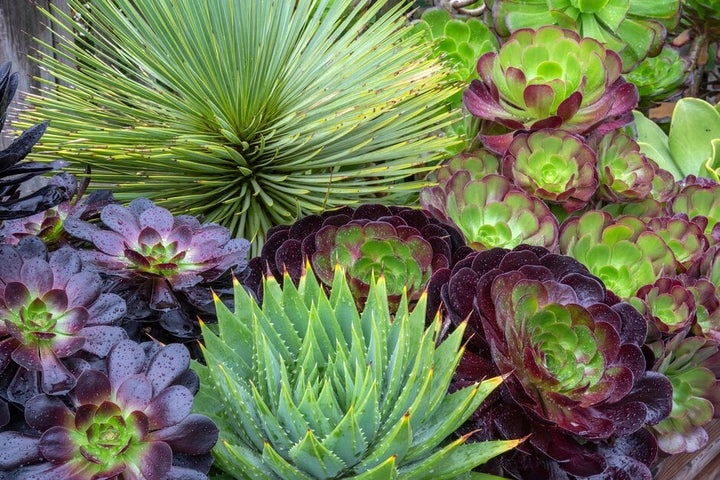
How woody stems breathe
Leaves and soft, green stems have living cells in contact with the air, and they can absorb oxygen for directly through their surface. However, the of woody stems is impervious to gases, so to get oxygen to the active tissue beneath, it is perforated by pores called lenticels.
Lenticels can be particularly decorative in some tree species, forming dark or corky streaks on the silvery bark of many birches (Betula) and the glossy trunks of some cherries (Prunus).
Many apple and potato varieties also have prominent lenticels on their fruits and tubers, a feature that can aid their identification.
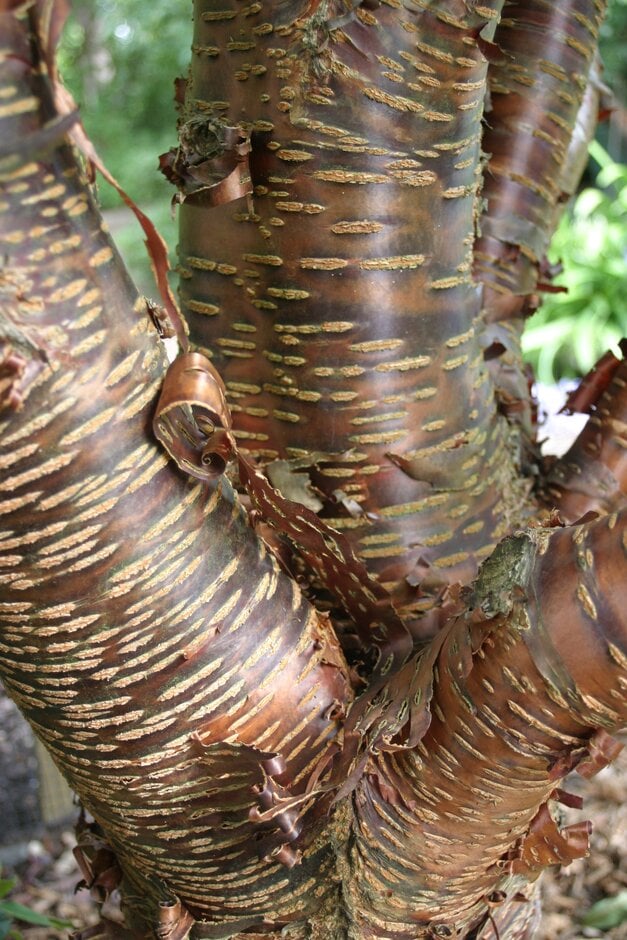
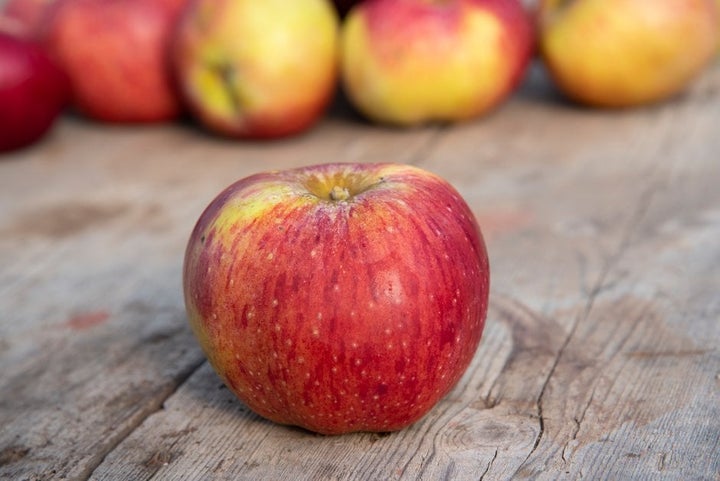
How roots breathe
It’s not only the above-ground parts of plants that carry out gas exchange – roots are living, growing organs that perform a range of functions, so they too need to absorb oxygen. This gas is found in the air spaces between soil particles, and enters roots via the fine hairs that cover their tips.

Plants grow poorly in soil that doesn’t contain enough air spaces, such as:
- Compacted soil – where the soil particles have been squashed together and air squeezed out. This situation is often found in new-build gardens and in lawns that are frequently walked or played on.
- soil – where the air spaces are filled with water. Not only is there no oxygen available to diffuse into the roots, suffocating them and hindering growth, but soil micro-organisms in these conditions produce plant-damaging toxins. The build-up of these causes the unpleasant eggy smell we associate with soggy, stagnant soil.
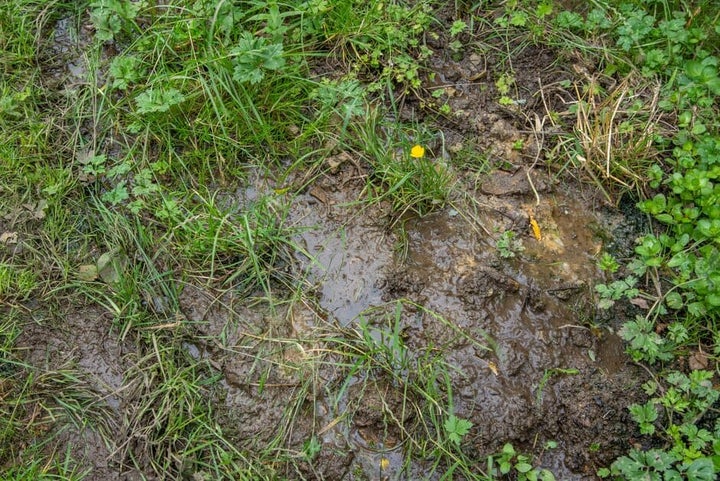
To help your plants’ roots breathe and grow well, open up the structure of compacted soil by digging-in plenty of organic matter, like homemade , before planting. Regularly compacted lawns introduces air into the soil layers and allows water to flow through more easily.
Waterlogging can also occur in containers if they don’t have enough drainage holes or are left standing in trays of water. So, make sure you choose a suitable container for your plants and allow excess water to drain away if it hasn’t been absorbed within an hour after watering.
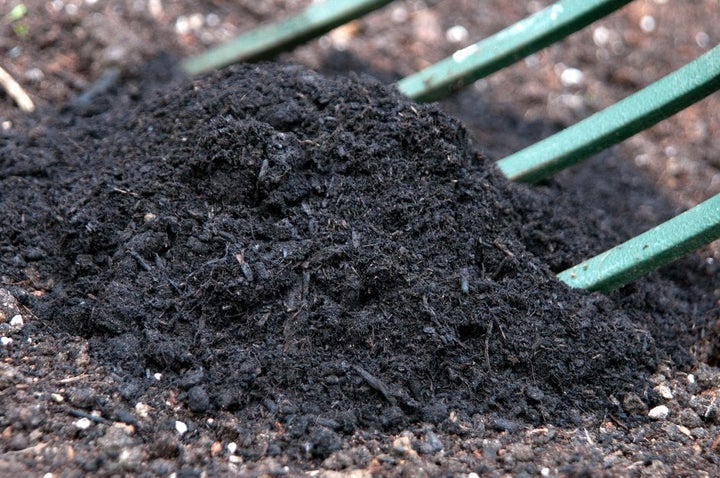
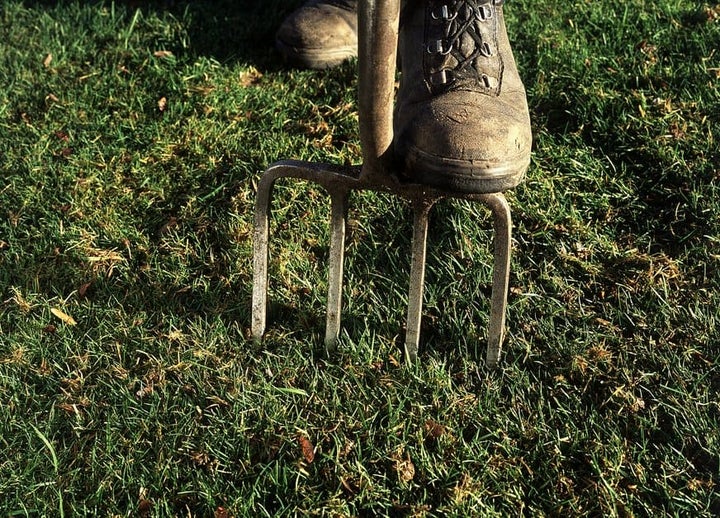

Your next steps
Now you know more about how plants breathe, put this into practice to help your plants thrive:
- Ensure plants growing in closed environments are well-ventilated so they have a good supply of oxygen and carbon dioxide. See our guide to ventilating greenhouses and our video guide to terrariums
- Add submerged aquatic plants (oxygenators) to your garden pond. As well as improving oxygen levels, oxygenators boost by providing cover for pond creatures. See our guide to choosing pond plants
- Improve soils with organic matter and keep plants well-watered so their breathing pores remain open and they can photosynthesise and efficiently. See our guide to using organic matter in the garden
- lawns each autumn so there is plenty of oxygen available for grass roots – particularly important on heavy clay soil and where lawns are regularly used. See our guide to autumn lawn care
- Check containers are draining properly to avoid damage from waterlogging. Outdoor pots should have at least one large drainage hole and water should soak into the within a few minutes of watering. See our guide to container gardening









